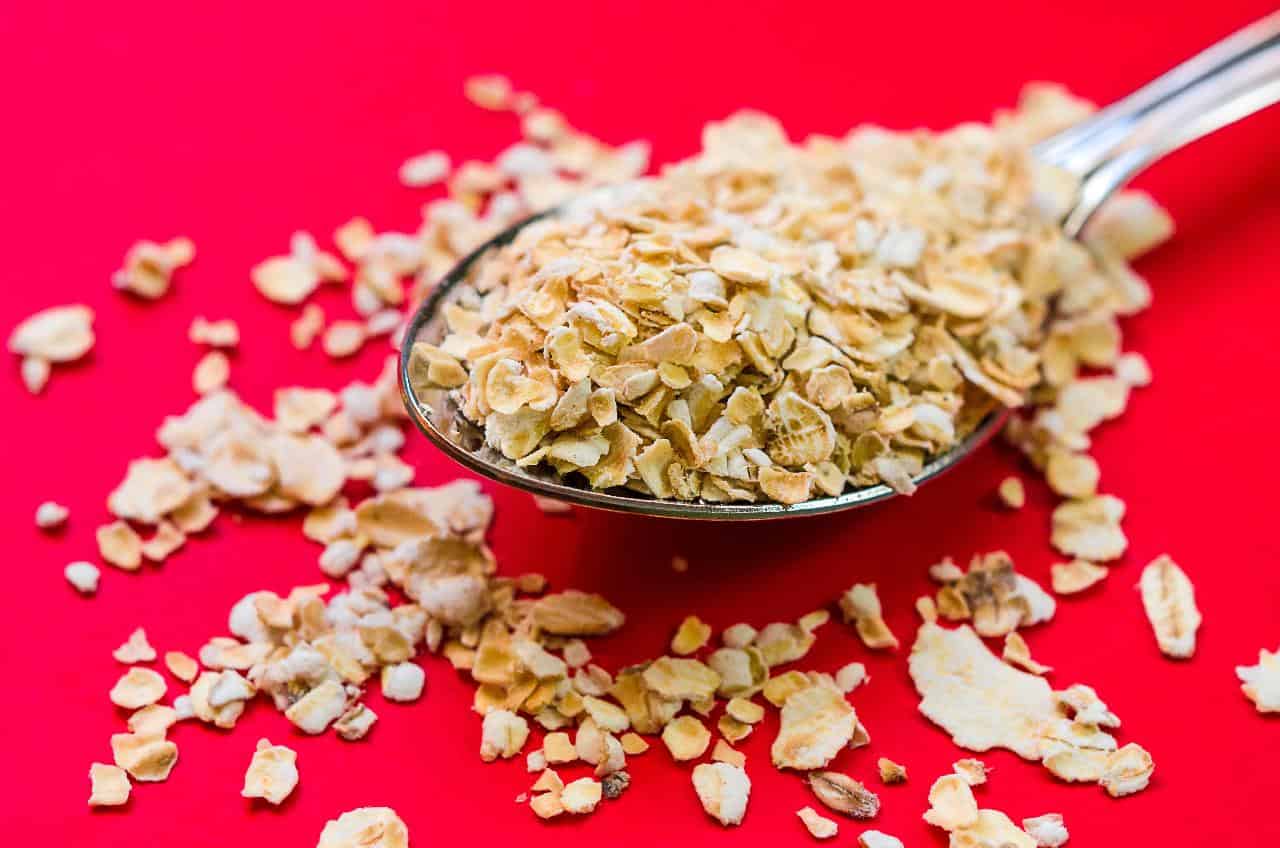There are numerous ways to eat healthily and to be in perfect shape. A well-known “key” for losing weight is eating healthily and also introducing wheat bran (WB) to your diet.
However, if you find yourself in a situation where you are out of wheat bran, we have the solution for you. As you probably guessed, wheat bran can be substituted, but what other similar products can be used instead?
The best substitutes for wheat bran are oat bran, flaxseed, wheat germ, rice bran, oatmeal, whole wheat flour, and many more.
Bran is the hard outer layer of the wheat kernel, that is stripped away. Its taste is sweet and it has a nutty flavor.
It is a great source of nutrients and protein, low in fat, and a very good source of dietary fiber. It helps to fight diseases and heart problems and it is safe to consume – except for those people who have gluten allergies.
This is why there are so many recipes containing wheat bran – it’s healthy and it adds more texture and flavor to bread, muffins, and other baked pastries.
Wheat Bran Substitutes
1. Oat Bran
If you’re choosing between wheat or oat bran (OB), take the nutrients into consideration. If we look at it purely in terms of nutrients, wheat bran is more nutritious. WB contains more fiber at 24.8 grams per cup compared with Oat Bran that contains only 14.05 grams per cup.
This kind of fiber absorbs more water, forming a gel in the digestive tract that can help to protect it. Also, the soluble fiber (known as beta-glucan) makes up about 17% of the oat bran and keeps your heart healthy. If you are trying to lose weight or maintain your weight, WB can be more beneficial than OB.
A cup of WB contains 125 calories and 2.5 grams of fat, whereas a cup of OB has 231 calories and 6.5 grams of fat, so you should probably stick to wheat bran in this case. Both contain B-complex vitamins that benefit your body by producing energy. And both have similar mineral content that provides almost all your dietary requirements for magnesium and calcium.
Each contains about 5-6 milligrams of iron and both are also low in antioxidant vitamins and contain phytochemicals with antioxidant properties. To sum up, it’s safe to say that yes oat bran can be used as a substitute for wheat bran – both are safe to use and can help you improve your health, but take into consideration what you need to focus on, and remember that it’s good to have diversity in your diet.
2. Flaxseed
Flaxseeds have been around for centuries, and can really help us improve our health. Flaxseeds are gluten-free, and it’s no wonder that this food has been around for so long – just a tablespoon of the seeds contains 3 grams of fiber and that is 8-12% of the daily recommendation.
It naturally lowers blood sugar because of the fiber structure. Moreover, if you are a vegetarian or don’t eat fish, flaxseeds provide some of the nutrition that you need.
They contain omega-3 fats, as well as a good amount of protein, fatty acids, and other vitamins and minerals. These seeds are the substitute you need if you are wanting to add diversity to your diet, and there are lots of recipes involving flaxseeds that you can try.
3. Wheat Germ
If you want to try Wheat Germ instead of wheat bran, take into consideration these things: they differ in the protein ratio, fiber, and lipids. Bran has about 15% protein by weight, over 4% fat, and 42% dietary fiber, where the germ is richer in protein with 23% fat, 13% fiber.
Mainly, this comes from the higher percentage of lipids and if you compare the calories, the germ has 360 calories per 100 gram and the bran has 216 calories. The vitamin and mineral content is very similar, with only minor differences in minerals, zinc, iron, B vitamins, and B-6.
Both are used for baking because of their fiber content. However, wheat germ is not something that is used often in recipes. You might be in a situation where you are out of bran – don’t panic as wheat germ and wheat bran can be used interchangeably.
Keep an eye on the expiry date and the temperature in the room where you keep them. All in all, wheat germ can easily replace wheat bran.
4. Rice bran
Rice bran is a plant where the outer layer is used for making oil. The rice bran contains only 26% fiber so sits between oat bran and wheat bran. The flavor is pleasant and it’s nice to consume it with cereals.
You might find it a bit hard to buy, but it’s useful and the oil made from it’s very popular in Japan and India. Rice bran helps with lowering cholesterol. It contains calcium, which helps with reducing certain types of kidney stones, and is an excellent alternative for WB.
5. Oatmeal
A very common breakfast choice, oatmeal is very healthy. It can lower your cholesterol and helps to fight against heart disease. Oatmeal has fiber that is good for many things and can help with the body’s insulin production.
It contains B vitamins, E vitamins, and magnesium. The most important thing is that it is gluten-free. So, you can easily use it and make it a habit in your daily diet.
6. Whole-wheat flour
This type of flour is made out of the whole grain but keeps a high level of vitamins, minerals, and fiber. This type of flour is used mostly for baking or to thicken dishes.
It has a more intense flavor due to the higher level of fiber and when used you have to add more water, but it is certainly on the list of possible substitutes for WB.
Related questions:
Here you can find the most FAQ related to wheat bran, so read on to inform yourself:
Is wheat bran the same as bran?
Yes, it is. A wheat kernel is made of bran, endosperm, and germ. The bran is the exterior part of the wheat kernel. The bran is stripped away and becomes a byproduct.
What is unprocessed wheat bran?
It’s made from naturally separating the protective outer layer of the wheat that contains vitamins and minerals. It’s not just a fiber supplement, it’s more natural and really healthy for your digestive system.
How much wheat bran should you eat?
Normally, for constipation up to 20 or 25 grams of WB per day. For high blood pressure, 3 to 6 grams daily. For irritable bowel syndrome, 30 grams per day.






